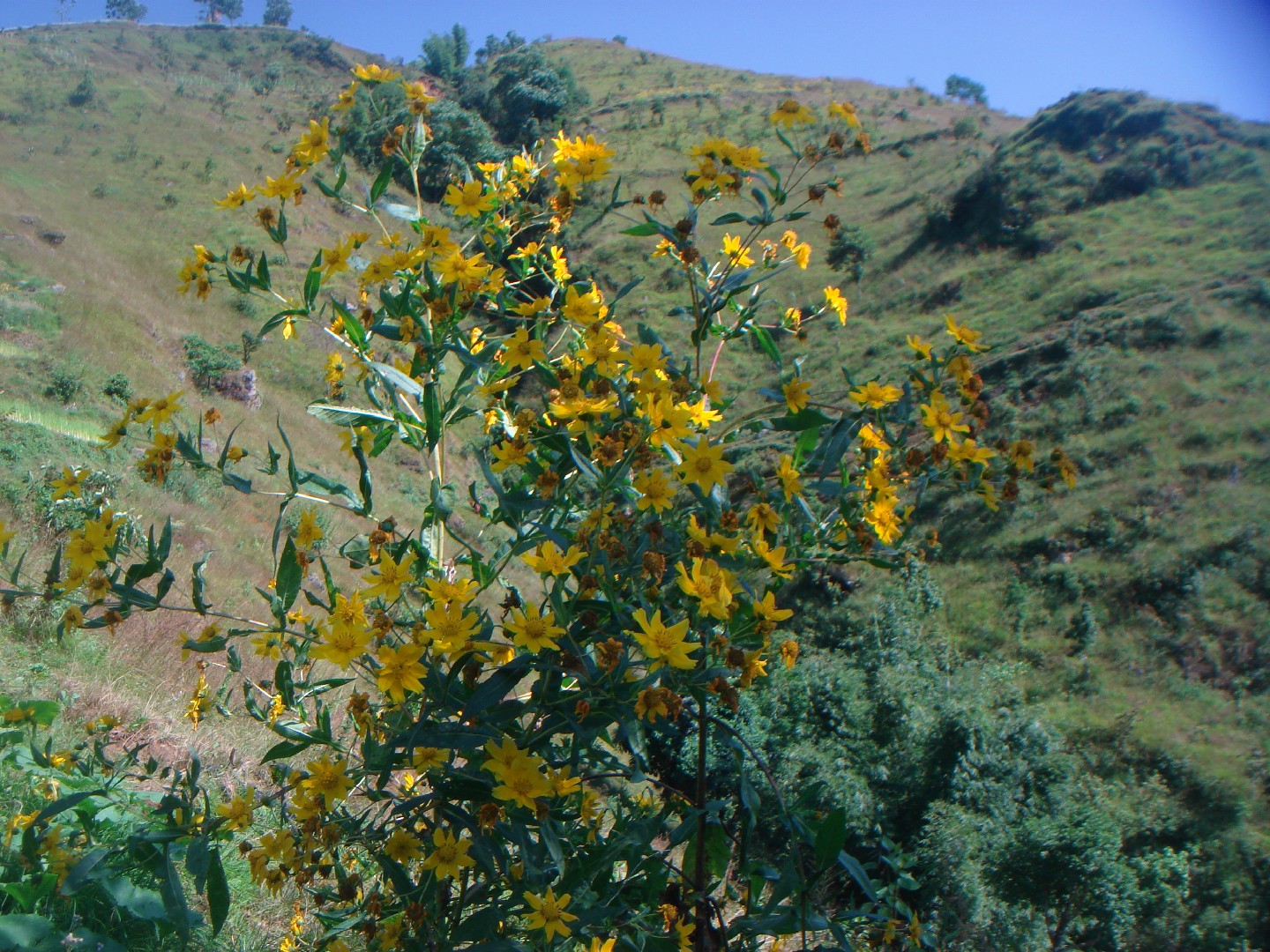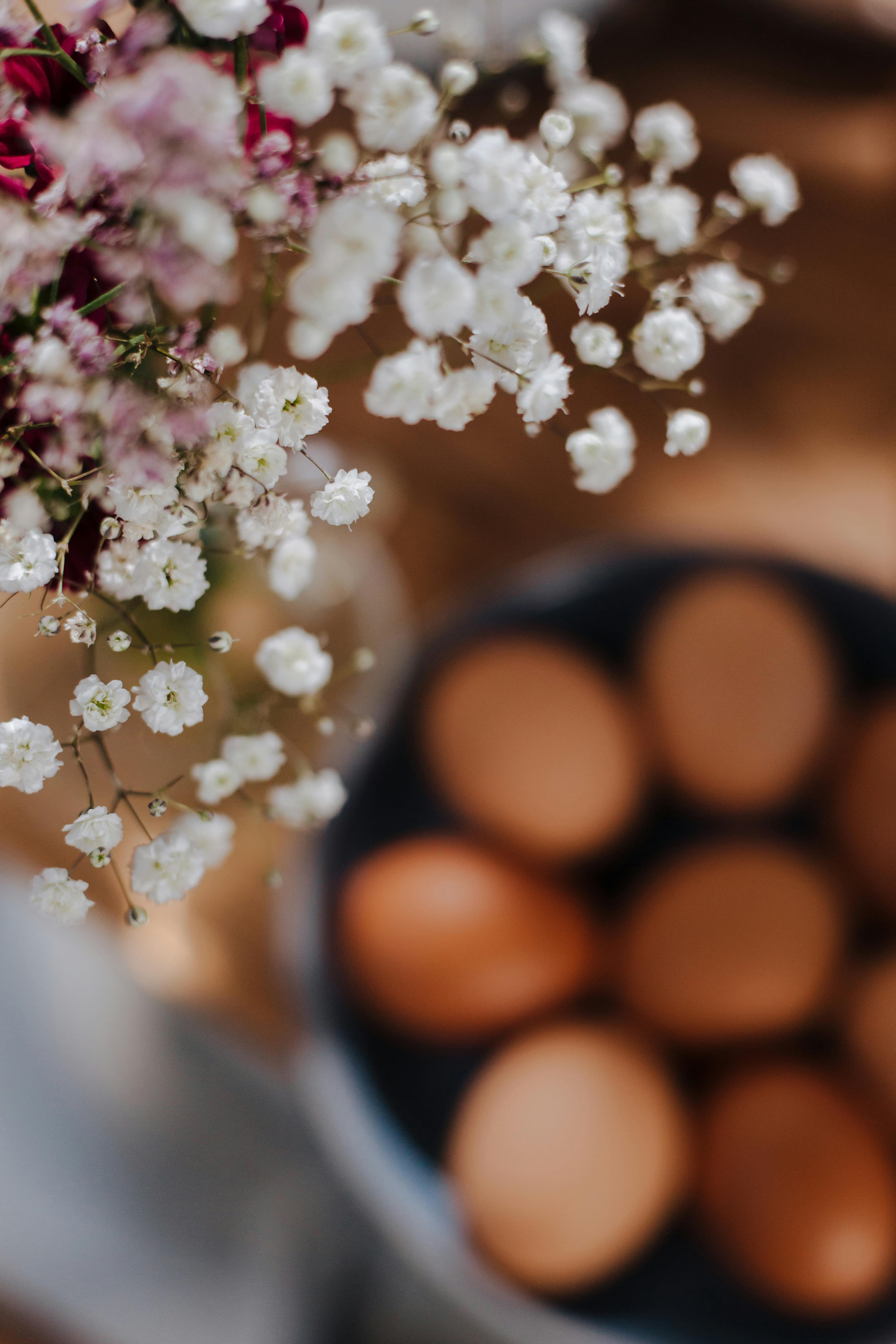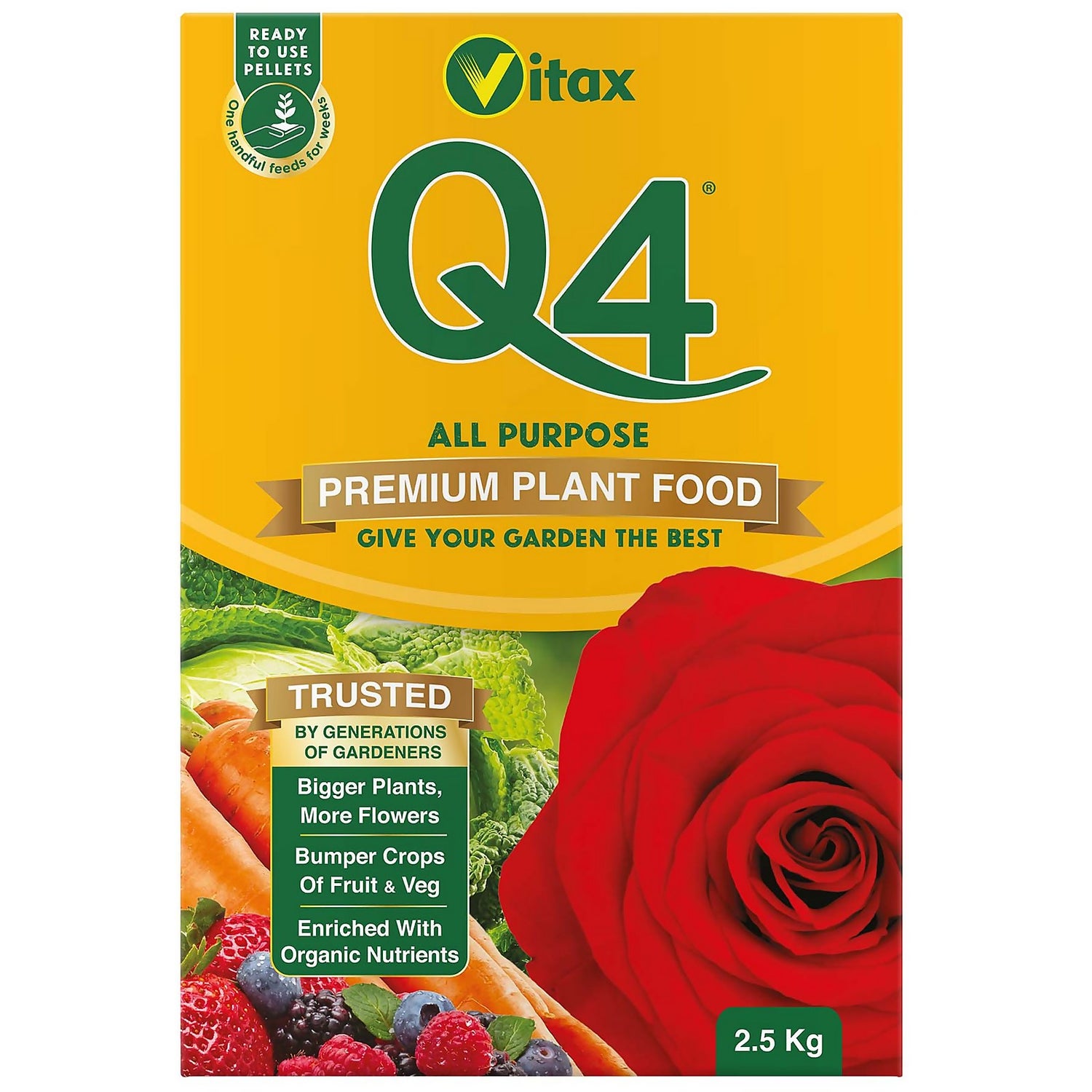Introduction
![]()
Bird Seed Wreaths: Enhancing Your Garden with Beauty and Nourishment
Birds bring life and melody to our outdoor spaces, captivating us with their enchanting presence. If you’re a bird lover or simply enjoy the sight of these feathered friends, creating a bird seed wreath can be a delightful endeavor that combines artistry with nourishment. In this article, we will explore the definition of a bird seed wreath and the numerous benefits of making one for your avian visitors.
Definition of a Bird Seed Wreath
A bird seed wreath is a decorative and edible item crafted from a blend of bird seeds, gelatin or suet, and other ingredients. Resembling a traditional wreath in shape, this enticing creation can be suspended outdoors to attract a diverse array of bird species. It serves as a convenient and self-contained food source, allowing birds to peck at the seeds without the need for a separate feeder.
Benefits of Making a Bird Seed Wreath
![]()
The appeal of bird seed wreaths extends beyond their decorative allure. Let’s explore the various advantages of crafting these enticing treats for our feathered friends.
Attracts a Variety of Bird Species
Bird seed wreaths possess a unique magnetism, drawing in a wide range of avian visitors. Finches, sparrows, chickadees, woodpeckers, and many other fascinating species will be enticed by the irresistible aroma and abundance of nourishment. By hanging a bird seed wreath in your garden or backyard, you create an opportunity for birdwatching and the joy of observing different bird species in their natural habitat.
Provides Essential Nutrition
For birds, nutrition is crucial for survival, especially during seasons when natural food sources may be scarce. Bird seed wreaths offer a bountiful supply of essential fats, proteins, and carbohydrates, ensuring that our feathered friends receive the sustenance they need to thrive. By providing this nutritious food source, you contribute to the well-being and health of the avian population in your area.
Enhances Outdoor Aesthetic Appeal
Beyond their functional benefits, bird seed wreaths possess a decorative charm that enhances the aesthetic appeal of your outdoor spaces. With their natural beauty and intricate designs, these wreaths add a touch of elegance and whimsy to gardens, patios, or balconies. They serve as delightful focal points that blend harmoniously with the surrounding flora, creating a visually pleasing environment for both humans and birds alike.
In the following sections, we will delve into the step-by-step process of creating a bird seed wreath, from gathering supplies to adding decorative elements. By the end of this article, you will have the knowledge and inspiration to craft your very own bird seed wreath, attracting an array of feathered visitors while adding a touch of artistry to your outdoor sanctuary.
Stay tuned for the next section, where we will explore the preparation of materials and the necessary steps to embark on this delightful avian adventure.
Preparing the Materials

Gathering Supplies
![]()
To create a bird seed wreath, you’ll need a few essential supplies. Here’s a list of items you’ll need to gather before getting started:
-
Birdseed: Choose a variety of birdseed to attract different types of birds, such as sunflower seeds, millet, cracked corn, and peanuts. You can find birdseed at local pet stores, garden centers, or purchase it online.
-
Gelatin or Corn Syrup: These ingredients serve as binders to hold the birdseed together. Gelatin is typically used in homemade bird seed wreaths, while corn syrup is a popular alternative for those who prefer not to use animal-based products.
-
Water: You’ll need water to dissolve the gelatin or mix with the corn syrup. Ensure you have enough to create a sticky mixture that will bind the birdseed effectively.
-
Wreath Mold: Look for a wreath-shaped mold specifically designed for creating birdseed wreaths. Alternatively, you can use a circular bundt pan or a cookie cutter to shape the wreath. Ensure that the mold is non-stick or greased to prevent the birdseed from sticking.
-
Twine or Ribbon: Choose a sturdy and weather-resistant material like twine or ribbon to create a loop for hanging the wreath.
Preparing the Bird Seed
![]()
Before you start assembling the wreath, you’ll need to prepare the birdseed mixture. Follow these steps:
-
Measure the birdseed: Determine the amount of birdseed you’ll need based on the size of your wreath mold. A ratio of 4 cups of birdseed to 1/2 cup of liquid binder works well, but feel free to adjust the quantities as needed.
-
Mix the birdseed: In a large bowl, combine the birdseed with the chosen liquid binder (gelatin or corn syrup). Stir the mixture thoroughly until all the birdseed is evenly coated and starts to stick together. The binder will help the birdseed adhere to the wreath mold.
Ensure that the birdseed is evenly coated with the binder mixture to create a cohesive wreath. If the mixture seems too dry, you can add a small amount of water to achieve the desired consistency.
With your supplies gathered and the birdseed mixture prepared, you’re now ready to move on to the next step: creating the base for the bird seed wreath.
Creating the Base

Creating the base of a bird seed wreath is a crucial step in shaping its structure. Let’s explore different base shape options and guide you through attaching it to the form.
Choosing a Base Shape
Consider various options when choosing a base shape for your bird seed wreath:
-
Circular Wreaths:
The most versatile option, circular wreaths offer a classic look and are easy to work with. Their symmetrical shape ensures a visually appealing result. -
Heart-Shaped Wreaths:
Add a touch of whimsy and charm to your bird seed creation with heart-shaped wreaths. Perfect for special occasions like Valentine’s Day or weddings, they evoke a sense of celebration. -
Square Wreaths:
For a modern twist, opt for square wreaths. Their straight edges bring a fresh aesthetic, although working with them requires attention to detail due to the corners.
Attaching the Base to the Form

Once you’ve chosen the base shape, it’s time to attach it to the form for stability and support:
-
Select a Sturdy Form:
Choose a sturdy and durable form such as wire wreath forms, grapevine wreath forms, or even recycled materials like cardboard or foam. It should provide a solid foundation for your wreath. -
Secure the Base:
Center and align the base on top of the form. Use floral wire or zip ties to tightly wrap and secure it at multiple points, preventing any movement or shifting. -
Wire Wreath Form Attachment:
If using a wire wreath form, thread the wire through the base, twist it tightly around the form, and secure the ends. This method ensures a secure attachment throughout the wreath-making process.
By following these steps, you’ll have a sturdy base attached to the form, ready for the next stage of adding the bird seeds.
Adding the Bird Seed
![]()
Now that you have prepared the base, it’s time to add the bird seed. This section will guide you through determining the amount needed and securely attaching it to the base.
Determining the Amount of Bird Seed Needed
To ensure you have enough bird seed for your wreath, consider the size of the wreath and the type of birds you want to attract:
-
Use a general rule of thumb:
A common ratio is using about 4 cups of bird seed for every 1 cup of binding agent, such as gelatin or peanut butter. This provides a good balance between the seed and the binding agent. -
Consider the seed size and density:
Larger seeds may require more binding agent to hold them together. Round up the measurement to avoid running out of bird seed.
Securing the Bird Seed to the Base
![]()
Once you have determined the amount needed, follow these steps to ensure the bird seed adheres well:
-
Prepare the binding agent:
Depending on the recipe, prepare the binding agent accordingly by melting gelatin or mixing peanut butter with other ingredients. -
Coat the bird seed:
Stir the bird seed into the binding agent until it is evenly coated and well combined. Ensure all the bird seed is coated for better adherence. -
Adjust the consistency if needed:
If the mixture seems too dry or crumbly, add a small amount of additional binding agent to improve its stickiness. -
Apply the bird seed mixture:
Carefully spoon or press the bird seed mixture onto the wreath base, filling in any gaps and covering the entire surface. Use your hands or the back of a spoon to firmly press the bird seed mixture onto the base, ensuring it is compact and adheres well.
By following these steps, you will successfully add the bird seed to your wreath, creating an enticing treat for the birds in your area.
Remember, the next section will cover the finishing touches, where you’ll learn how to add decorative elements and hang your bird seed wreath.
Finishing Touches
![]()
Adding Decorative Elements
![]()
Enhance the visual appeal of your bird seed wreath by incorporating decorative elements that add creativity and charm. Consider these inspiring ideas:
-
Natural Materials: Give your wreath a rustic and seasonal feel by incorporating pinecones, dried flowers, or berries. These elements provide visual interest, texture, and color.
-
Colorful Ribbons and Bows: Create a festive look by adding vibrant ribbons or bows to your bird seed wreath. They complement the natural elements and add a pop of color to the design.
Remember to prioritize the safety of the birds and wildlife. Use natural, bird-friendly materials and avoid anything toxic or harmful.
Hanging the Wreath
Properly hanging the bird seed wreath ensures stability and accessibility for the birds. Follow these steps:
-
Allow Drying Time: Before hanging the wreath, ensure it has fully hardened and dried to prevent it from falling apart.
-
Choose a Suitable Location: Hang the wreath in an easily accessible area for birds, near trees or shrubs where they can perch and feel safe.
-
Create a Secure Loop: Use sturdy string, twine, or wire to create a secure hanging loop at the top of the wreath.
-
Optimal Viewing Spot: Hang the wreath near a window or comfortable viewing spot to observe the birds’ activities up close.
-
Regular Maintenance: Monitor the wreath regularly for damage or deterioration. Replenish the bird seed as needed to provide a continuous food source.
These finishing touches not only enhance the wreath’s aesthetic appeal but also provide a safe and attractive feeding station for birds.
Conclusion
![]()
In this blog post, we have explored the delightful world of bird seed wreaths and learned how to create our very own. Let’s recap the steps involved and discover essential maintenance tips for longevity.
Summary of Steps
To make a bird seed wreath:
-
Gather Supplies: Collect bird seed, gelatin or peanut butter, and a wreath mold or shape.
-
Prepare the Bird Seed: Combine bird seed with the binding agent to create a sticky mixture.
-
Create the Base: Attach the chosen base shape securely to the wreath form or mold.
-
Add the Bird Seed: Press the bird seed firmly onto the base, ensuring it adheres well.
-
Finish with Decorative Elements: Enhance the wreath’s visual appeal with ribbons or dried fruit. Hang the wreath in a suitable location.
Tips for Maintenance
To maintain your bird seed wreath:
-
Shaded Placement: Position the wreath in a shaded area to protect it from direct sunlight.
-
Regular Inspection: Periodically check for mold or spoilage. Remove affected portions promptly.
-
Clean Feeding Area: Keep the area beneath the wreath clean to maintain a hygienic feeding environment.
-
Seasonal Considerations: Adjust your maintenance routine according to seasonal changes.
-
Provide Fresh Water: Offer a nearby water source for drinking and bathing.
By following these steps and practicing proper maintenance, you can enjoy the beauty of a bird seed wreath while nourishing and delighting the avian visitors in your area.
Making a bird seed wreath is a creative and meaningful way to contribute to the well-being of our feathered friends. Embrace your creativity and craft a wreath that brings joy to both you and the birds in your garden. Happy crafting!
Frequently Asked Questions
Frequently Asked Questions
1. What types of birds will a bird seed wreath attract?

A bird seed wreath can attract a wide variety of bird species, including finches, sparrows, chickadees, woodpeckers, and many others. The enticing aroma and abundance of nourishment in the wreath make it appealing to a diverse array of avian visitors.
2. Where can I find birdseed for making a bird seed wreath?
You can find birdseed for making a bird seed wreath at local pet stores, garden centers, or you can purchase it online. Look for a variety of birdseed types, such as sunflower seeds, millet, cracked corn, and peanuts, to attract different types of birds.
3. Can I use something other than gelatin to bind the birdseed?

Yes, if you prefer not to use gelatin, you can use corn syrup as an alternative binder for the birdseed. Corn syrup serves the same purpose of holding the birdseed together in the wreath.
4. How do I hang a bird seed wreath?
To hang a bird seed wreath, create a secure loop using sturdy string, twine, or wire at the top of the wreath. Choose a suitable location near trees or shrubs where birds can perch and feel safe. Hang the wreath in an easily accessible area for the birds and in a spot where you can easily observe their activities.
5. How do I maintain a bird seed wreath?
To maintain a bird seed wreath, position it in a shaded area to protect it from direct sunlight. Regularly inspect the wreath for mold or spoilage, and remove affected portions promptly. Keep the area beneath the wreath clean to maintain a hygienic feeding environment. Adjust your maintenance routine according to seasonal changes, and provide a nearby water source for drinking and bathing.

Leave a Reply